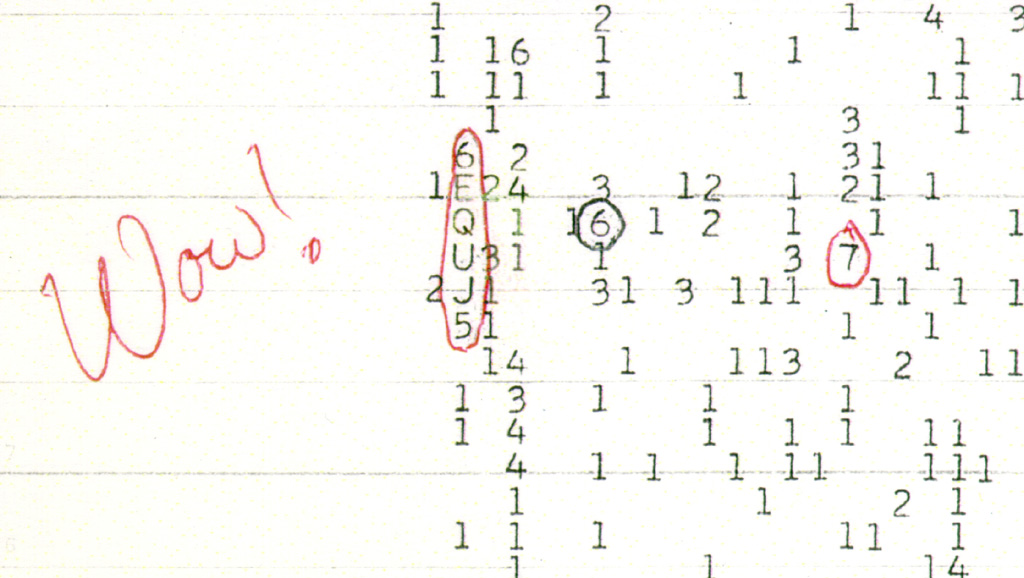
Astronomers with the Breakthrough Listen project have intercepted a mysterious radio signal that appears to have originated from our Solar System’s closest neighbor, Proxima Centauri. According to the astronomers studying the strange transmission “it is the first serious candidate since the ‘Wow! signal’,” a hypothesized artificial radio signal caught by Big Ear radio telescope in 1977.
This strange new signal, designated BLC1, was picked up over a 30-hour observational period conducted in April and May of 2019 by the Parkes telescope in Australia by members of the Breakthrough Listen project, a SETI project founded in 2015 by the late physicist Stephen Hawking. The researchers involved have been studying the signal to eliminate the possibility that it originated from a local source, such as an artificial satellite in orbit or EM interference from ground-based equipment here on Earth.
The frequency of the odd signal was 980MHz, part of the ultra-high frequency (UHF) band that is used in human-made radio technology such as television broadcasts and older 2G and 3G cellular networks. However, that frequency is not used by human-built spacecraft, ruling out the possibility that it was transmitted by an ordinary satellite passing overhead.
But it’s the direction that BLC1 came from that really caught the attention of the astronomers studying the event: it appears to have come from the direction of Proxima Centauri, a red dwarf star that, at a distance of only 4.25 light years, is our Solar System’s closest neighbor. The researchers also found that the signal exhibits a slight frequency shift that would occur if it originated from a planet orbiting the not-so-distant star, like the exoplanet Proxima Centauri b.
In terms of being a home for a potential civilization, there’s both good and bad news when it comes to Proxima Centauri b: the good news is that this terrestrial-type planet lies within its star’s “Goldilocks Zone”, at a distance from Proxima Centauri where it’s not too hot and not too cold, but just the right temperature for liquid water to flow on the planet’s surface.
Unfortunately, Proxima Centauri b is very close to its host star; subjecting it to winds 2,000 times stronger than solar winds that reach Earth. Unless the planet has an extremely robust magnetosphere to protect it, the surrounding stellar wind would likely have stripped any atmosphere from the exoplanet’s surface billions of years ago. Proxima Centauri b also appears to be tidally locked to its parent sun, meaning that one side continuously faces the star, much like the near side of our Moon facing the Earth, with one side of the planet basking in perpetual daylight, and the other in never-ending darkness.
“It’s hard to imagine how you can have a stable climatic system and all the things you need to get from bacteria, which are hardy, up to intelligent animal life forms, which certainly are not,” according to Lewis Dartnell, astro-biologist and professor of science communication at the University of Westminster –”But I’d love to be proved wrong.”
Subscribers, to watch the subscriber version of the video, first log in then click on Dreamland Subscriber-Only Video Podcast link.
My guess…a human black ops mission returning to Earth, after mooching around Proxima Centauri. They could have a base there. If it were underground, they wouldn’t have to contend with unsuitable surface conditions and based on it being tidally locked, they could take their pick of suitable temperatures, based on location.